
This series of articles which ask long-time wildlife conservation leaders from Illinois a series of questions about themselves, changes in wildlife conservation during their careers, and what they feel are the biggest wildlife management changes and challenges today.
Earlier this year I had lunch with Bob Montgomery in Gibson City, joining a few other retired biologists for some career reminiscing. Graduating from Southern Illinois University–Carbondale (SIU-C) following a stint in the Army as a lab tech, Montgomery spent most of his career as the Senior Staff Biologist for the Max McGraw Wildlife Foundation in Dundee. His unique position at McGraw allowed him to participate and assume leadership in roles in a wide array of Illinois wildlife interests. His leadership, experience and willingness to be a spokesperson for some often-controversial issues has long been appreciated by Illinois wildlife researchers and managers.
OIWJ Was being a wildlife biologist your first career choice? When did you know that you wanted to be a wildlife biologist?
MONTGOMERY Yes it was. I believe I first knew during my 8th grade or freshman year of high school, although my ideas about exactly what a wildlife biologist did were a bit vague at that time. Many of my early thoughts about being a biologist were probably born from the depiction of biologists and forest rangers in the popular press at that time.
OIWJ Who were some of the early mentors in your wildlife career, and how did they influence your own career?
MONTGOMERY I would say that my earliest wildlife mentors may not have directly influenced my career choice, but they did introduce me to the outdoors and natural resources. My third-grade teacher, whose name I can’t remember, introduced me to birding through the Audubon Society’s Junior Birding Club. My neighbor, Boy Scout leader and hunting partner Bob Sawyer certainly had a big influence on me in my youth. Others include my uncle, Jim Montgomery, as well as my high school biology teacher, Raymond Fisher. Mr. Fisher and my neighbor Bob organized a group of likeminded students from my high school, and we took field trips to explore the natural and cultural wonders of southern Illinois. That was a very memorable experience!
When I started college at SIU–C, Dr. Willard “Doc” Klimstra was a big influence and a mentor. I also was fortunate to work with a great bunch of wildlife students who came through the SIU Wildlife Lab—folks including Bill Anderson, B.J. Vets and Paul Vohs, to name just a few. Later in life, Dr. George V. Burger of the Max McGraw Wildlife Foundation introduced me to his cohorts and friends, including leaders in the conservation field and of The Wildlife Society. He also gave me the freedom to volunteer for leadership opportunities at the regional and national levels in The Wildlife Society and The Mississippi Flyway Technical Council.
OIWJ When you began your career, what did you feel was the most pressing or urgent concern for wildlife conservation?
MONTGOMERY Loss of wildlife habitat due to the expansion of industrial–scale agriculture along with the loss of family farms. This included drainage of wetlands and dredging and channelization of rivers and streams. Early on, large scale and ill-conceived forestry projects on public and private lands had an impact. Expansion of urban areas and transportation systems also were major concerns early in my career, and was especially notable where I was working in northeast Illinois.

OIWJ What aspect or element of your own career are you most proud of, and why did you pick that?
MONTGOMERY I feel fortunate that during my 30–plus year tenure at Max McGraw I was permitted to take part in a number of conservation organizations outside of the Foundation. These activities included posts on the executive boards of both the Illinois Chapter and North Central Section of The Wildlife Society, working with the Kane County Soil and Water Conservation District, and also being a delegate, and for one year the chair, at Conservation Congress I, II and III. I also was able to take leadership roles with production of the Illinois Natural History Survey’s Illinois Breeding Bird Atlas, the Calumet Environmental Resource Center’s Illinois River Comprehensive Conservation Plan at Chicago State University, the Illinois Ornithological Society and the Illinois Audubon Society.
At the Max McGraw Foundation, I supervised our cooperative internship program with the University of Wisconsin-Stevens Point, and I take a lot of pride in that work helping young biologists. We were able to provide college students with some real-world and practical experience in fish and wildlife management and research.
OIWJ What do you feel is the most urgent problem facing wildlife conservation today?
MONTGOMERY Unfortunately, the current most urgent problem facing wildlife is the same as it was when I started my career; the continuing loss of fish and wildlife habitat, both in quantity and in quality. Additionally, we now face a shrinking funding base as participants in hunting and fishing decline. With a growing population we see increasing pressure on the remaining habitat. Unfortunately, the public does not always understand the complexities of habitats and the needs of fish and wildlife resources. I think we all need to be speaking with a more unified and stronger voice to educate public groups as well as elected and appointed officials about these needs.
OIWJ In your opinion, what was the biggest change occurring in the field of wildlife research and management during your career?
MONTGOMERY Our professional ranks are changing for the better, becoming more diverse with the inclusion of more women and minorities. The challenge of reduced funding continues to grow. I believe that wildlife biologists need to be working closely with other natural resource disciplines to find new funding sources, which will help meet our need for managing all fish and wildlife, including non-game as well as threatened and endangered species and their habitats.
Paul Brewer is a veteran Illinois wildlife biologist, beginning his career as a research technician with the Illinois Natural History Survey. After a long career as a district wildlife biologist, he retired as manager of the Wild Turkey Project in IDNR’s Division of Wildlife Resources. Paul continues to remain active in the wildlife field and in working with prescribed fire management, and enjoys managing habitat for wildlife on a small Hutton Township farm in Coles County. He is currently President of the Illinois Chapter of The Wildlife Society.



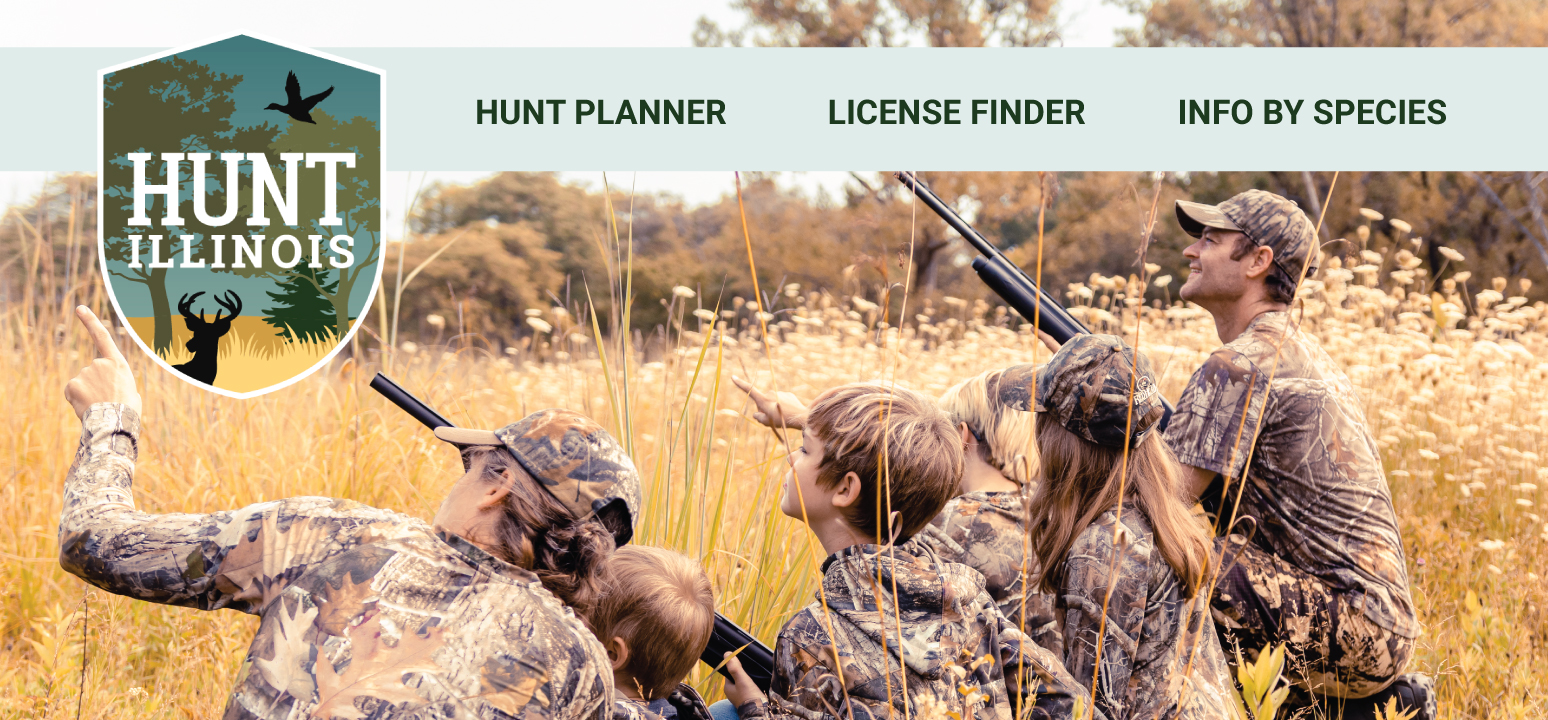
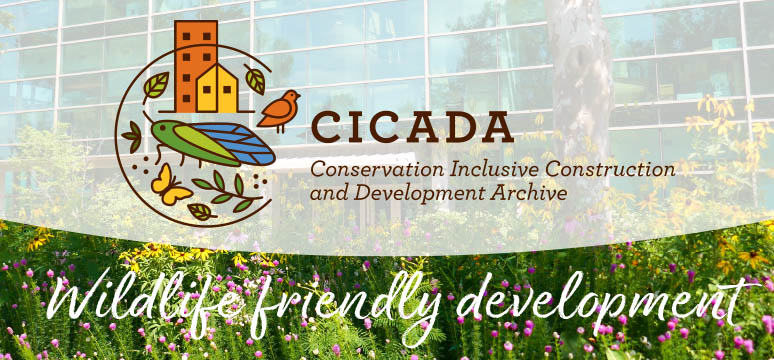
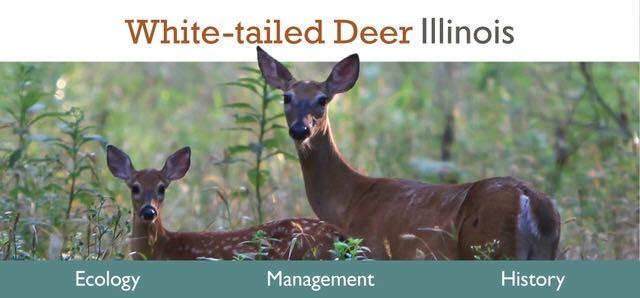
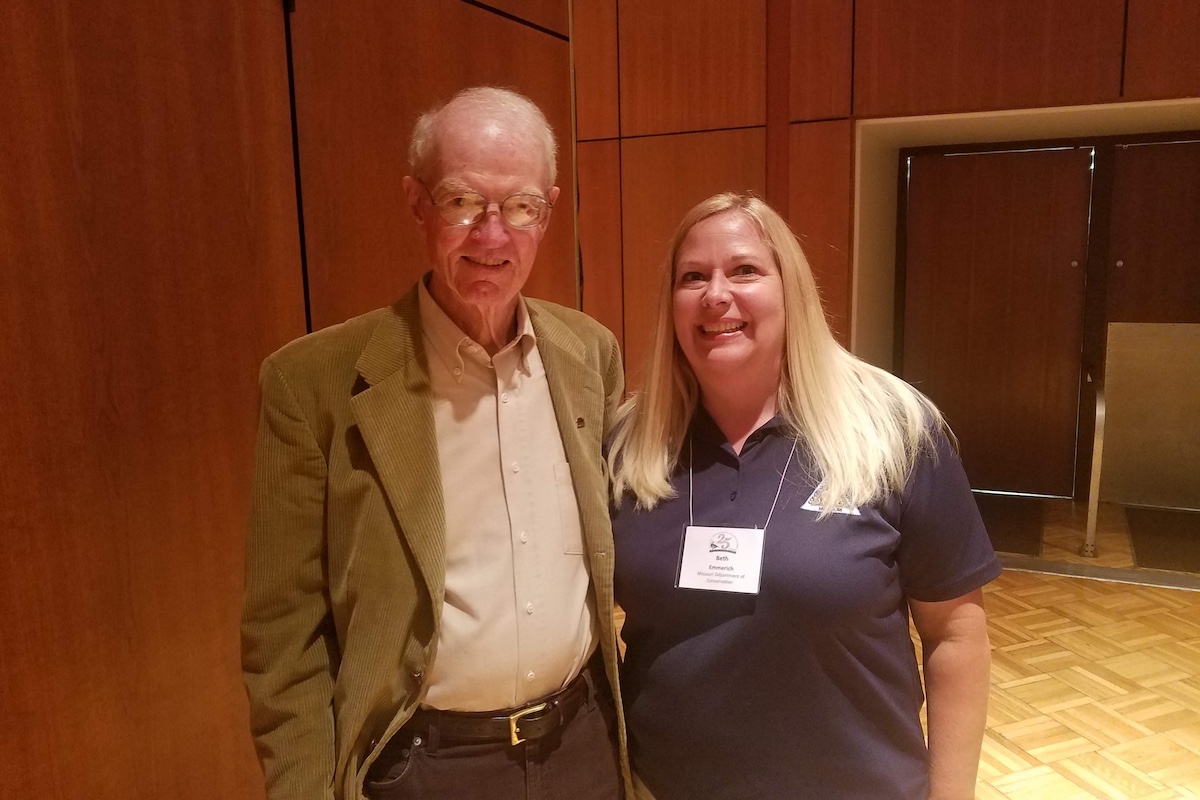



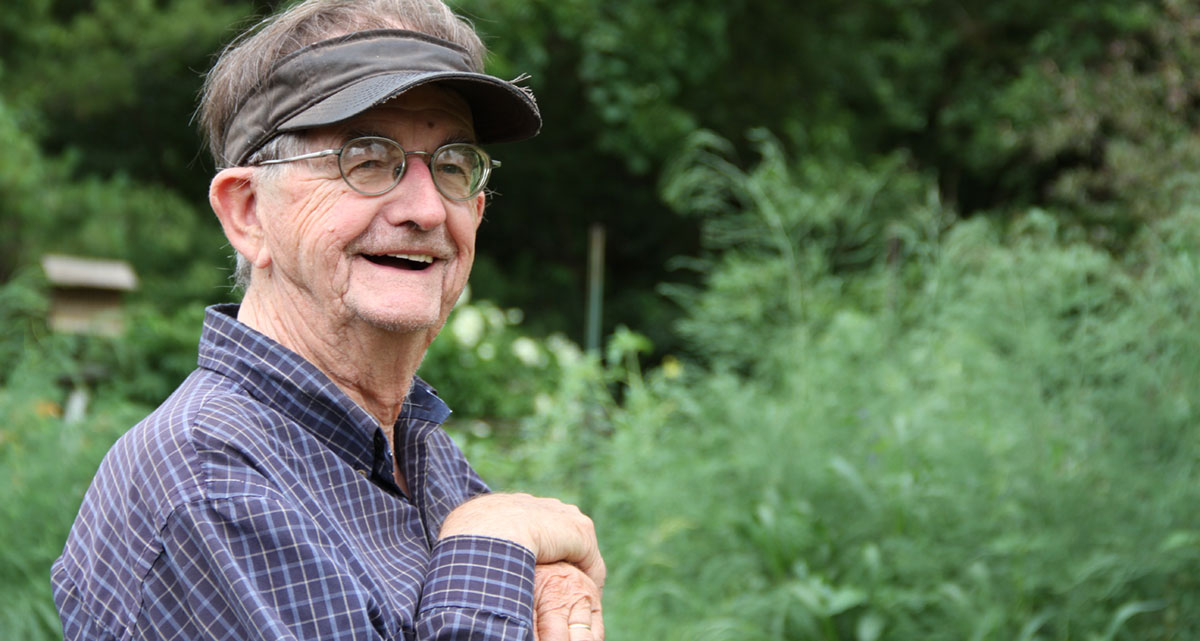

Submit a question for the author